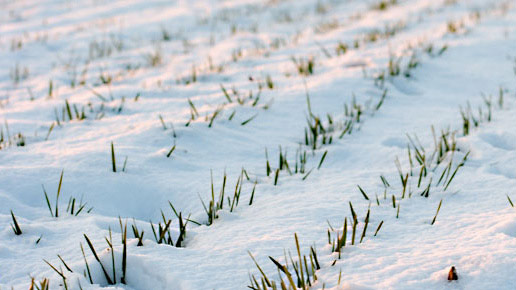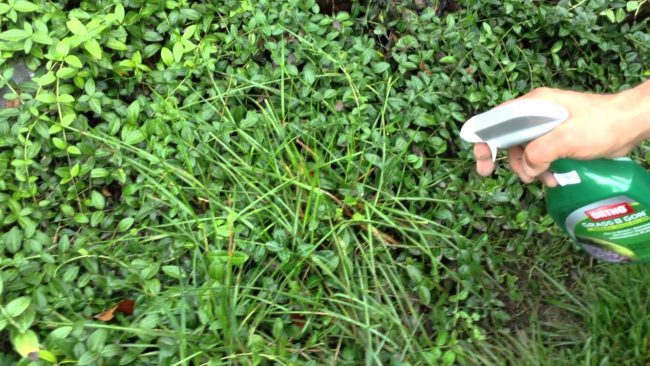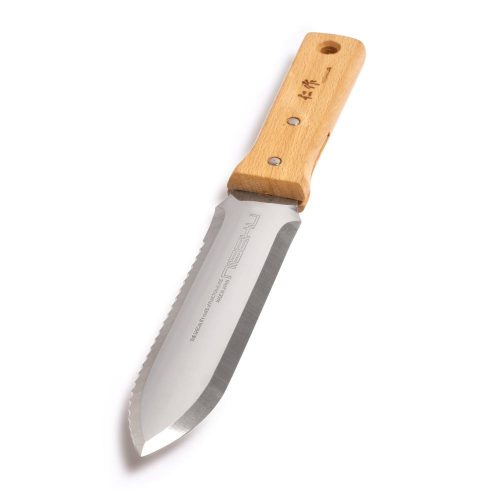- No Obligations
- Stop Paying Too Much For Your Contractor
- No Spam Calling
- Screened & ID Checked Contractors only!
How Your Yard Can Comfortably Welcome Winter
0
 How Your Yard Can Comfortably Welcome Winter
earlyexperts.net
How Your Yard Can Comfortably Welcome Winter
earlyexperts.net
If you are the type who preaches a beautiful and clean environment (who doesn’t really?), then your yard is the one area around your home that you should care for before winter comes.
Why you do this is simple actually, you want all plants/grass in your yard to flourish when spring comes. And although this is a natural process, the degree by which plants flourishes can be influenced. As a matter of fact, winter can cause a lot of problems; it can fade out that lush green color of your grass and it can even stunt growth on the part of other plants.
In that case, the following tips that you can utilize before winter hits will help make sure that your plants and yard grass grow up healthy.
You Have to Aerate the Soil
The soil is usually too dense for anything to properly circulate through it. This, in the long run, can lead to stunted growth in plants after winter.
So now, aeration compels you to pierce or in simpler words, put small holes into the soil, in order to allow water, air, and nutrients to reach the deep roots of the plants. If you do this properly before winter, air and water will properly circulate through the soil pores—and the addition of fertilizer just ensures proper growth as spring rolls in.
Mowing the Lawn
You have to properly cut your lawn before winter hits since there are disadvantages to not doing so. Primarily, we know a lot of individuals pick one single date before winter to mow, and that will be the last mow of the season.

Doing that is kind of ineffective since your grass will just keep on growing till the cold rolls in with full force. So, what you can do is mow your lawn to a particular grass height and just continue maintaining that height for the rest of autumn.
Now, the ideal height of your grass should rest between 2 and 2.5 inches, so that the grass won’t fall victim to the cold (fungus such as snow molds if it’s too tall).
Use some Fertilizer
Well, you’ve already done some aeration, so why not pour in some fertilizer to feed the soil some much-needed nutrients for the upcoming winter. The thing with winter is that grass plants do not stop growing, they just slow down a lot.
On the other hand, plants like your flowers just go dormant and wait, feeding off of their stored food till there occurs a dip in temperature. The one similarity between them is that the fertilizer you add after it properly circulates due to the aeration you did, will then be used by both of them. In the case of grass, it will grow a lot when spring hits, and other plants will actively sustain themselves with the nutrients and also grow well.
The fact that most soils lack the necessary fertilizer for plants to healthily grow just re-enforces the need for you to add some fertilizer. That said, do make sure to always pick a fertilizer high in potassium and nitrogen. Also, you should pick slow-release fertilizers that’ll gradually keep on feeding your plants throughout winter.
Seeding
Seeding before winter is probably the best time that you can invest in new plants. And take into consideration the fertilizer that you add for the sake of boosting growth.

So, when spring finally rolls in, all of the seeds that you’ve planted will flourish and regardless of the damage promised by winter, new growth should adequately cover them. Additionally, make sure you plant more than one grass type, since this provides a natural defense against diseases and the elements.
Always Clean the Leaves
You can get rid of the leaves as a whole to avoid them suffocating your plants—when they block sunlight/water. This helps your yard fight against any disease also, and the results will show in spring.
Alternatively, you can practice mulching and redistribute the leaves throughout your lawn. This can be done by using a mower to break down the leaves and then you can use a rake to properly distribute them. In-depth, the leaves instead of smothering your plants/grass will, in fact, enhance vitality and boost growth.
Nonetheless, mulching might not work if you have too many leaves on your hand, so you might have to use only some of them for mulching. The rest, on the other hand, will be gotten rid of.
Check out the Plants in Your Yard
Take the time to go through your yard and find plants or grass that are either old or sick. The former is useful since you can just plant anything you want in wait of spring.
The tips above (aeration and fertilization for example) are going to boost growth a lot and you won’t even feel the plant’s absence that much.
Moving on to the latter, sick plants can infect healthy ones, and so, it will be helpful if you can remove them before winter—lest they prove counterproductive to your measures.
Kill the Weeds
In the case of any plant that you have (i.e flowers), you might want to kill all weed that you see around them. The reason is that there’s not one single thing in your landscape that can make all the measures above moot like them.

The aeration you did, the weeds will use them to get all the fertilizer that you installed in the soil. In turn, the fallen leaves too will be greedily used by them and nothing good will be left for your plants.
The result of this is that, instead of your plants using the nutrients to last through winter, the weed will be using them and growth, in turn, will be stunted.
Irrigation System should be Prepared
If you properly prepare your irrigation system for winter, it will easily be able to accommodate the colder temperature during the season.
That, in turn, will allow for the system to properly water the landscape during the winter. Your plants will appreciate the water since it will help preserve/manage soil structure and nutrients. Likewise, it feeds the plants with water (expected), which is needed for overall sustenance during the period.
Be Prepared for Winter itself
All of your gardening tools, take care of them for the time winter hits. You might have to do some work when spring comes, and if your equipment like pruners, hori-hori knives, and shovels are in good conditions, then you can start ahead with planting and maintaining your landscape immediately.

Additionally, purchase some salt to use in melting the ice, but do note that salt harms plants also so you’ll have to be careful in that regard.
Conclusion
Preventing winter from wreaking havoc all over your lawn is the reason why you’re here and the above has given tips that you can use in light of that situation.
A brief description is that you can aerate the soil, seed it, apply some fertilizer, clean the leaves, and also mow the lawn. After you’ve done all of these things, you can then start killing the weed that’ll suck up all the juice in the soil and you can also remove all the spent plants in your yard.
After winter, you can be sure that the plants (grass or otherwise) that you’ll find emerging from the soil, will make all of this effort worth it.











